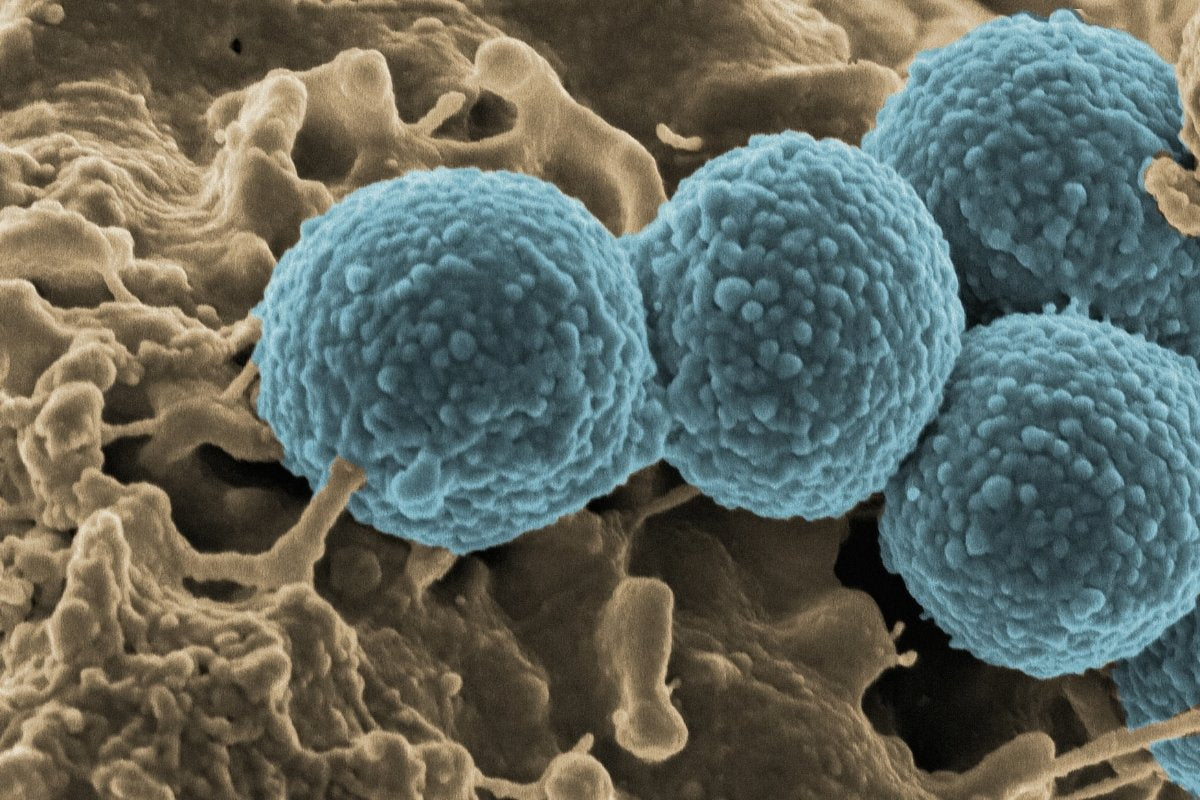What you should know about testosterone's impact on your skin

When we think of testosterone, strength, energy and libido usually come to mind first. However, there is one area where this hormone also plays a decisive role that is rarely mentioned: male skin.
From oil production and acne breakouts to the speed at which the face ages, hormone levels directly influence skin health. Understanding this relationship is key to caring for your skin intelligently and choosing routines that really work.
In this article, I explore how testosterone and other androgens affect men's skin, what consequences they have at different stages of life and what you can do to modulate their effects.
Hormones and skin: the invisible connection
The skin is the body's largest organ and does not act independently. It constantly responds to internal signals, including hormonal ones.
In men, testosterone and its most potent derivative, dihydrotestosterone (DHT), stimulate the sebaceous glands. This means they directly influence sebum production, the natural oil that protects and lubricates the skin.
Balanced sebum production is beneficial. However, problems arise when it is produced in excess: pores become clogged, bacteria proliferate and acne breakouts appear.
Testosterone and sebum production
Androgen levels are directly related to the activity of the sebaceous glands. During puberty, when testosterone levels surge in adolescent males, it is common for the skin to become oilier and for severe acne breakouts to occur.
However, this influence does not disappear in adulthood. Although hormone levels stabilize, men tend to have oilier skin than women, with more visible pores and a tendency to shine.
However, excess sebum is not always a bad thing. While wrinkles also depend on genetics and sun exposure, oily skin tends to be better hydrated and develops fewer deep wrinkles over time than dry skin. The challenge lies in finding the right balance: controlling oil without eliminating it completely.
Hormones and male acne
Adult acne in men is associated with hormonal fluctuations, high levels of DHT (though not as directly as in adolescence), and stress (which raises cortisol and can aggravate inflammation).
This study confirms that adult male acne is closely related to sebaceous gland hyperactivity and the inflammatory response around hair follicles.
Therefore, the key to caring for acne-prone male skin lies not only in topical products, but also in a comprehensive approach that takes internal factors into account: diet, sleep, stress management, and, in some cases, a medical evaluation of hormone levels.
Aging: when testosterone begins to decline
Testosterone peaks during adolescence and early adulthood, but from the age of 30-35 onwards, it begins to decline progressively, by between 1-2% per year according to the Mayo Clinic. This decline is reflected in the skin in several ways:
- Loss of density and firmness: Collagen and elastin synthesis decreases.
- Dryness: Although other factors are involved, such as changes in ceramides or a decrease in epidermal fluids, less testosterone usually means less sebum, resulting in skin that loses its natural moisture.
- Appearance of wrinkles and sagging: The visibility of fine lines accelerates.
At this point, the strategy changes. Instead of controlling excess oil, the focus shifts to keeping the skin nourished, firm, and protected from oxidative damage.
How to modulate hormonal effects on the skin
Although we cannot control our hormone levels with a cream, we can adopt skincare habits and routines that reduce negative impacts and enhance positive ones.
1. Proper cleansing routine
Use a gentle but effective cleanser to remove excess oil without damaging the skin barrier. This is especially important for skin with high sebum production. Avoid harsh soaps that dry out the skin too much because they can cause a rebound effect.
2. Antioxidants in your routine
Oxidative stress accelerates aging. Ingredients such as vitamin C and ferulic acid help protect against free radicals and boost collagen production.
3. Smart hydration
Even oily skin needs hydration. Choosing light formulas containing hyaluronic acid or niacinamide helps balance sebum production and improve skin texture.
4. Nutrition and supplements
A diet rich in omega-3, zinc, and vitamin D can help regulate inflammation and improve the skin's barrier function. Some studies have linked hydrolyzed collagen supplementation to improvements in skin elasticity and firmness.
5. Stress management and rest
Elevated cortisol levels can disrupt hormonal balance and aggravate skin problems, such as acne or inflammation. Getting enough sleep and practicing stress management techniques, such as meditation or exercise, is just as important as applying a good serum.
6. Consult with specialists
If skin problems persist, a dermatologist or endocrinologist can determine if hormonal imbalances require medical treatment.
Testosterone isn't the enemy of the skin. It's simply a factor to consider
Testosterone is not a villain. In fact, it is one of the main reasons male skin is thicker, has a stronger barrier, and ages differently than female skin. Therefore, the goal should be to understand how hormones influence skin care at each stage of life, not to fight them.
During adolescence, the focus is on controlling excess sebum and preventing acne. In adulthood, the goal is to balance oil production and protect against oxidative stress. From the age of forty onward, the focus shifts to compensating for collagen loss and maintaining hydration.
In conclusion, the relationship between testosterone and male skin is backed by science. Understanding this relationship allows you to make smarter decisions, such as choosing the right products to apply to your skin and adopting habits that support skin health from within.
At Hecary, we believe men's skincare should be simple, effective, and backed by science. Because your skin doesn't understand excuses, it responds to what you do today to care for it tomorrow.
Do you know anyone who would be interested in reading about this topic? I would love for you to share this article with them so we can build a community of people interested in learning more about how skin works and how to treat it properly.
Antonio López, Hecary co-founder




